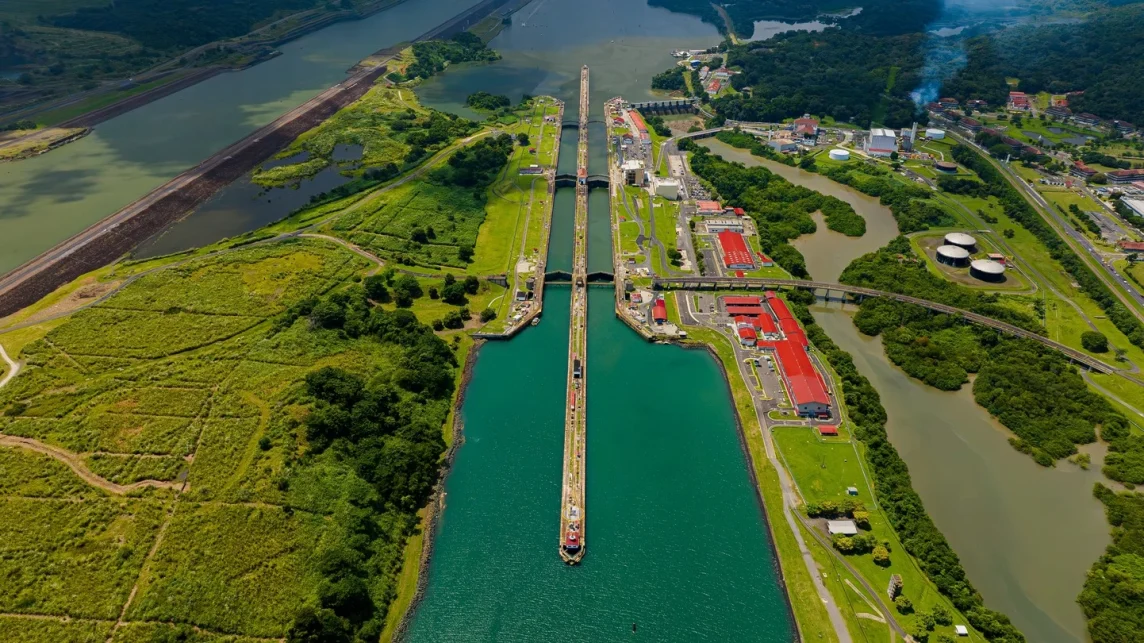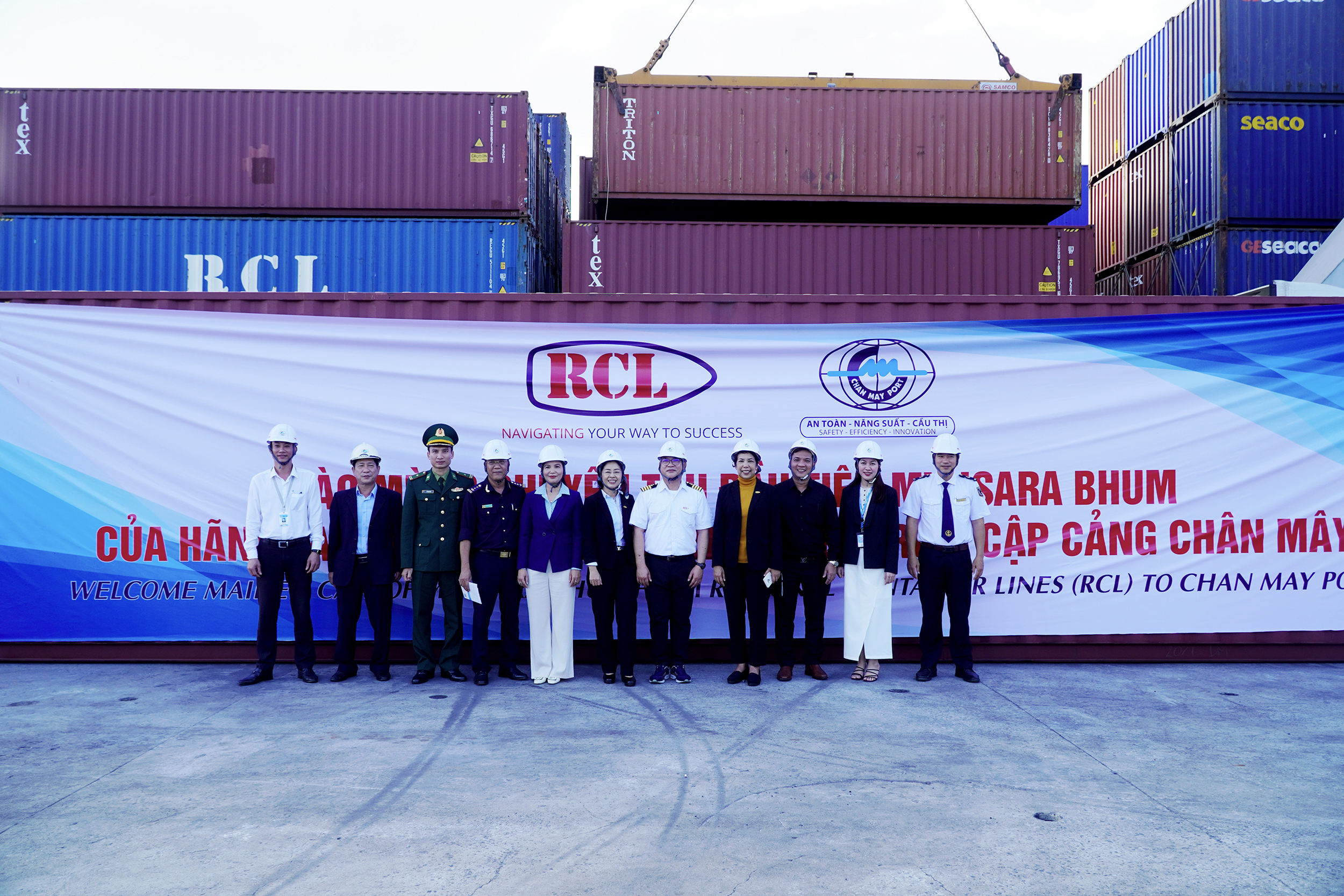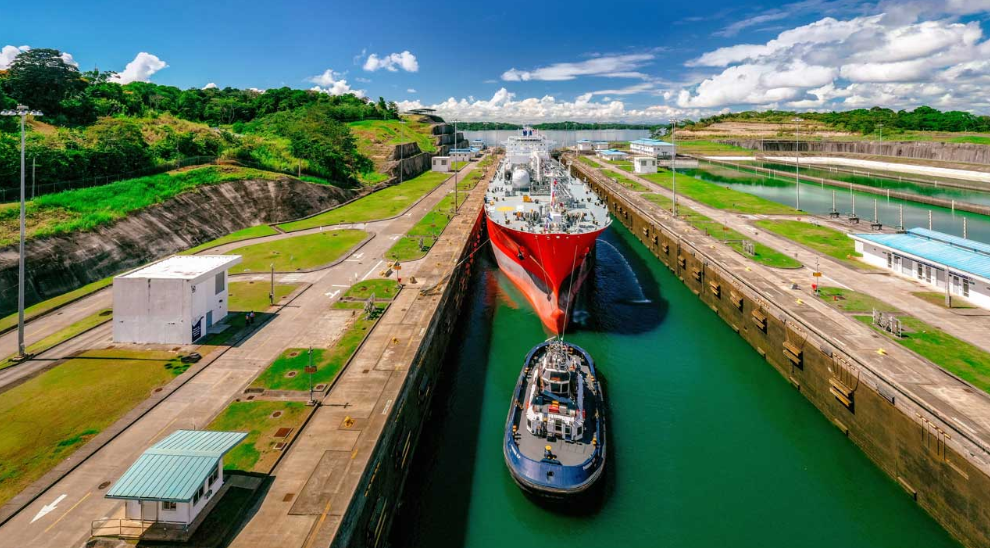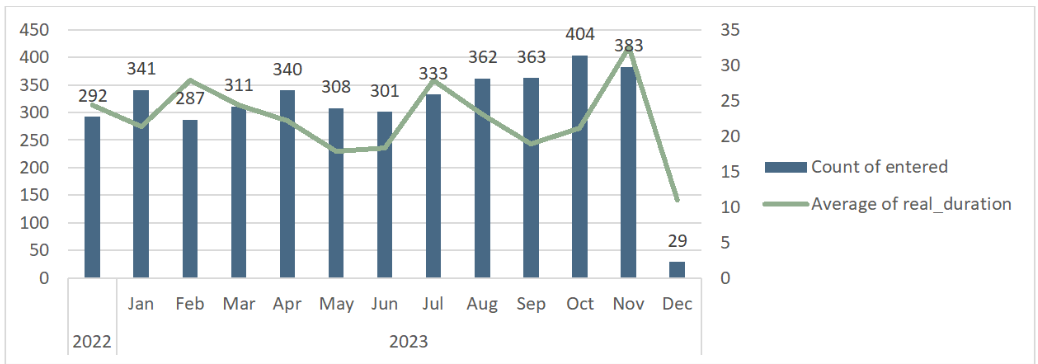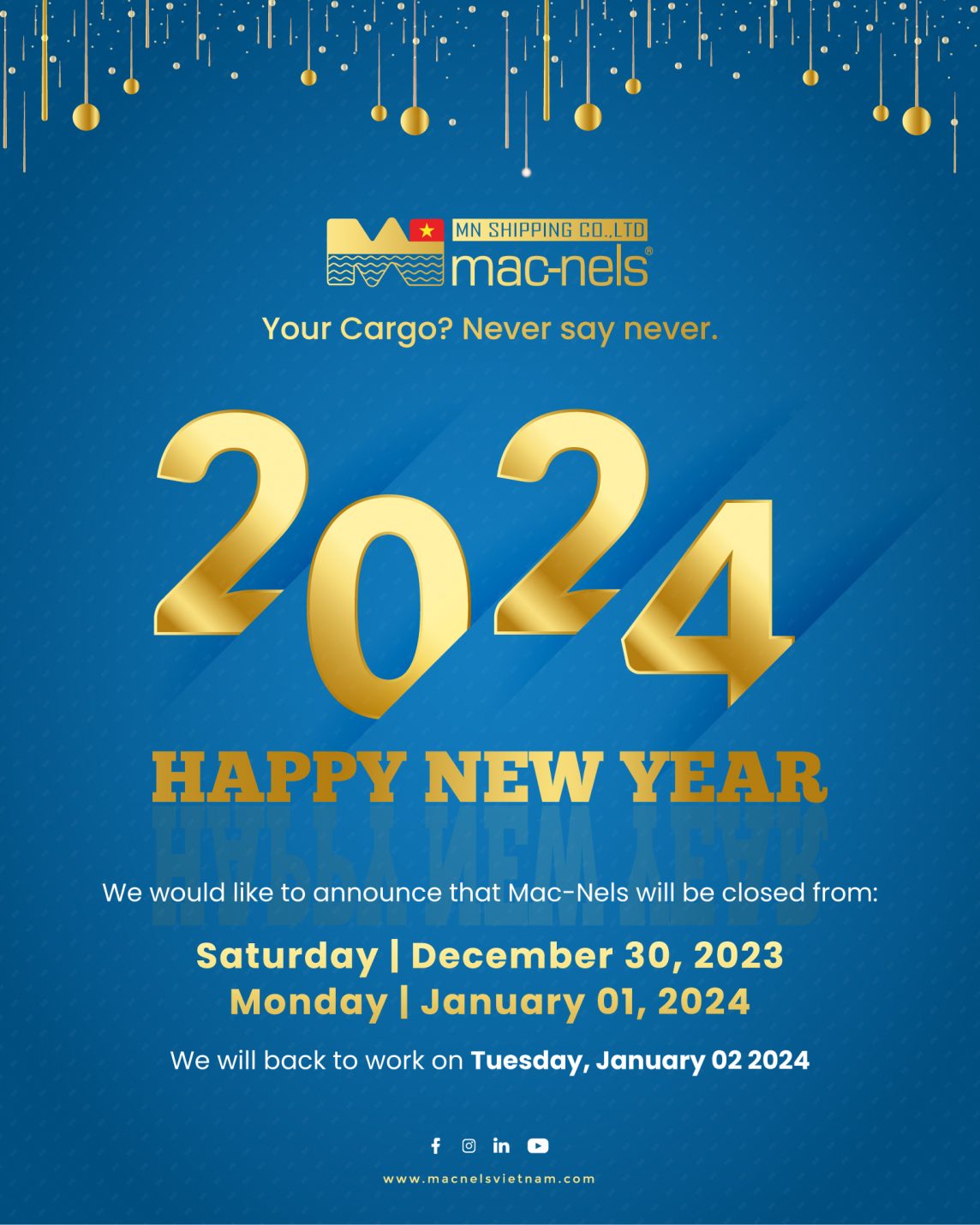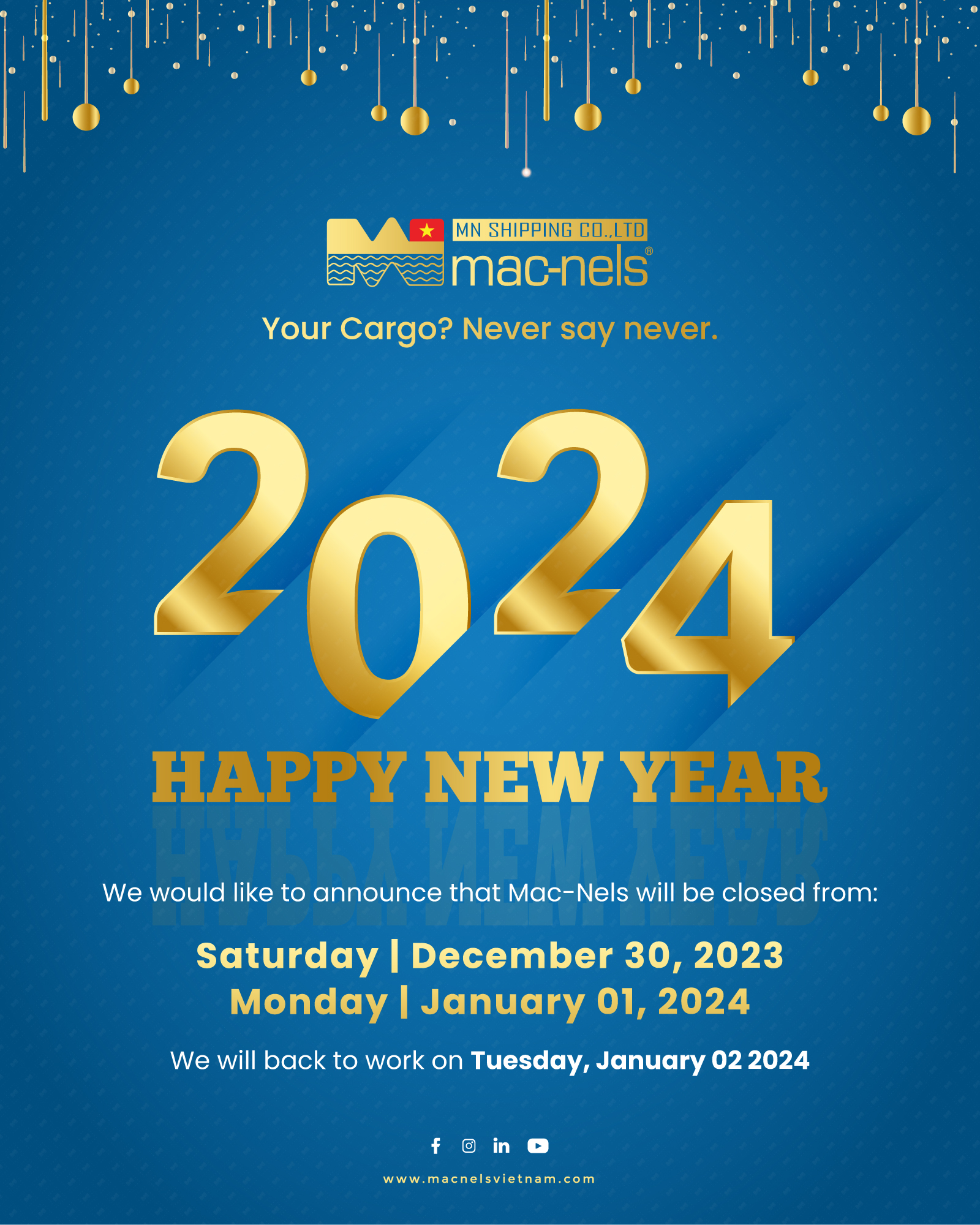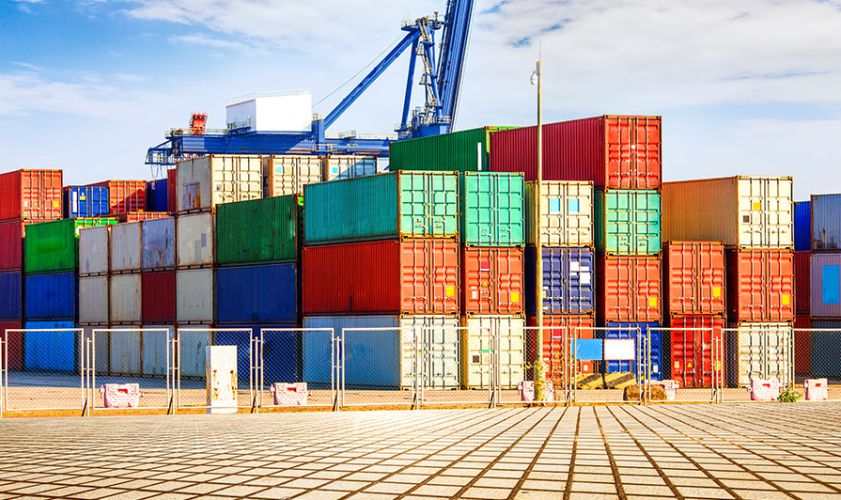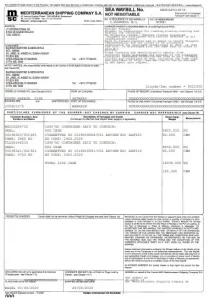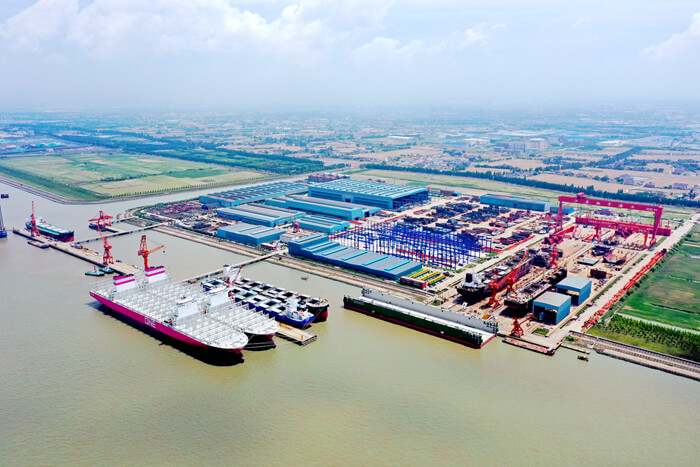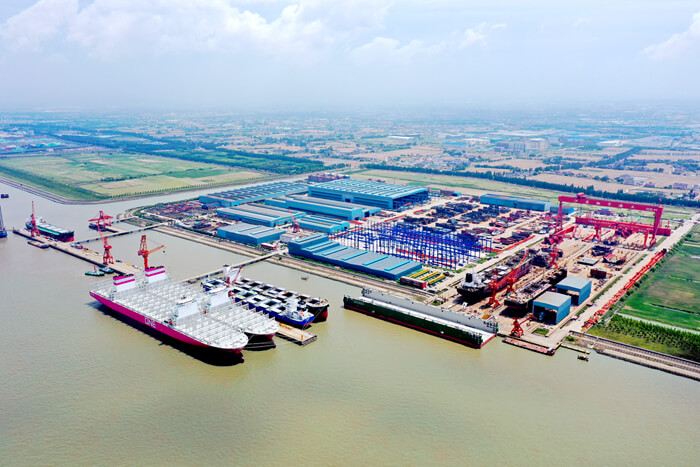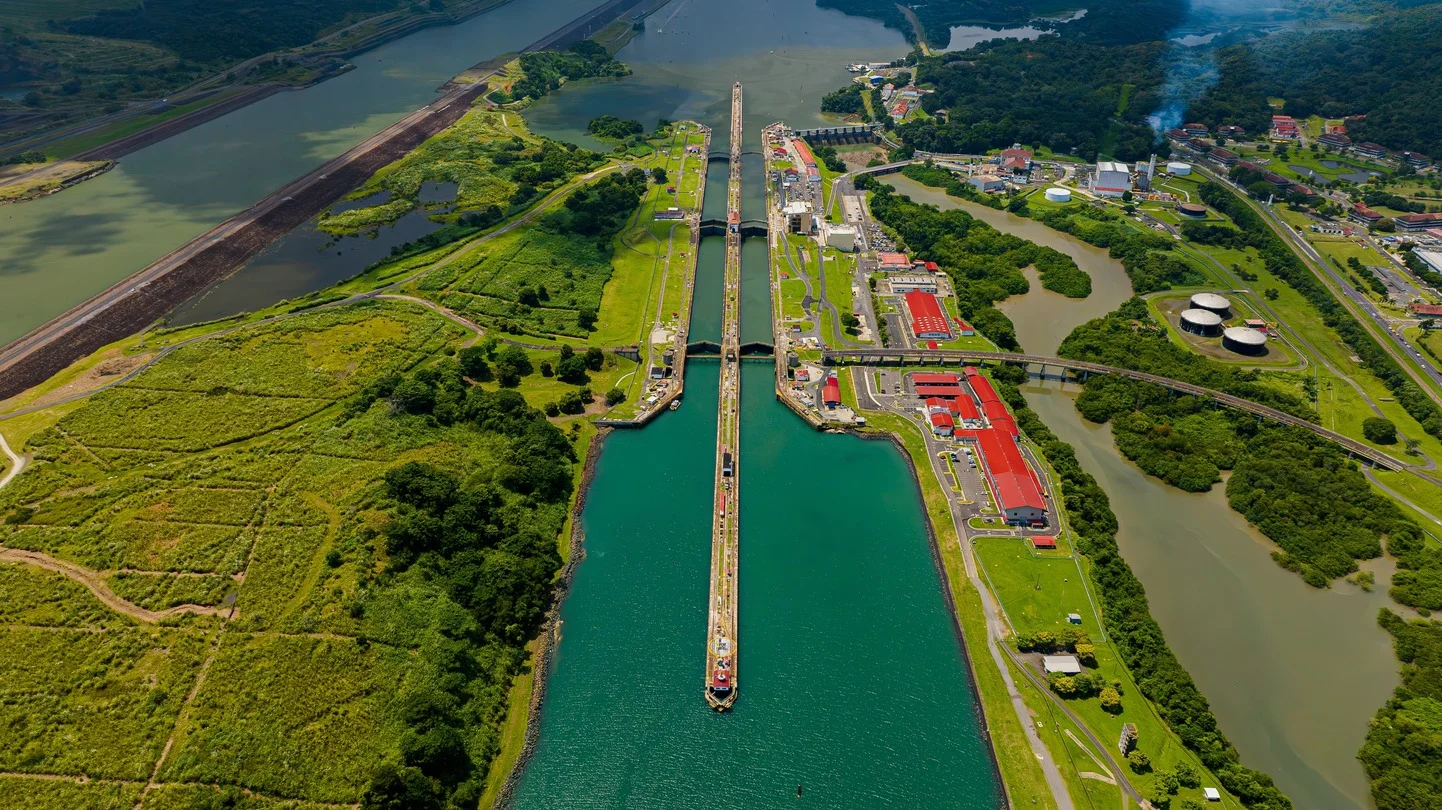
French container shipping company CMA CGM has announced new Panama Canal surcharges for several routes worldwide.
In particular, CMA CGM will implement a surcharge of US$150 per TEU for all types of cargo from the US West Coast ports of Los Angeles, Long Beach and Oakland to North Europe, Scandinavia, Poland and Baltic, effective from 12 January.
Additionally, the ocean carrier will introduce the same surcharge from South America West Coast to Canada East Coast on 1 January.
Moreover, CMA CGM will apply a US$150 Panama Canal surcharge to South America West Coast from Central America East Coast, the Caribbean, Leeward, Windward and French West Indies on 1 January, excluding shipments ex-Puerto Rico and Virgin Islands for which the surcharge will be effective from 20 January.
Source: Container News
